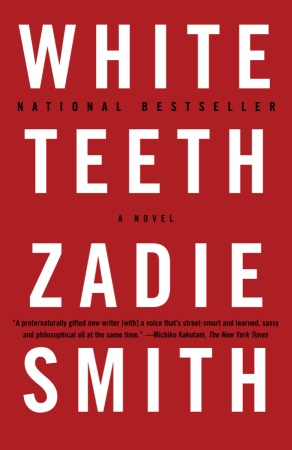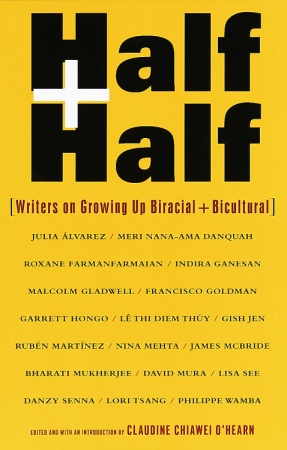Language and the Politics of Ethnicity in the CaribbeanPosted in Anthropology, Caribbean/Latin America, History, Media Archive, Papers/Presentations, Social Science on 2010-02-14 05:26Z by Steven |
Language and the Politics of Ethnicity in the Caribbean
Center for Research on Latin America and the Caribbean
York University, Toronto, Ontario
The Fourth Annual Jagan Lecture
Presented at York University on 2002-03-02
George Lamming, Visiting Professor
Brown University
The Jagan Lectures commemorate the life and vision of the late Dr. Cheddi Jagan, Caribbean thinker, politician, and political visionary. The series of annual lectures is founded upon the idea that the many and varied dimensions of Cheddi Jagan’s belief in the possibility of a New Global Human Order should be publicly ac-knowledged as part of his permanent legacy to the world.
This lecture was given by the renowned Caribbean writer and intellect George Lamming as part of the Jagan Lecture Series commemorating the late Dr. Cheddi Jagan. Lamming looks at the problem of ethnicity – and especially of relations between Africans and Indians in the territories where they form almost equal populations, namely Guyana and Trinidad – from multiple perspectives. He re-calls dramatizing strategies employed by the old colonial power in this region, strategies that are still used today by contemporary politicians. He proposes that race and ethnicity are socially constructed categories, and draws upon many Barbadian examples to illustrate the absurdity of racial prejudice in a Caribbean context where cultural miscegenation is so deep, and where habits of perception, accents, and tastes are so mixed, that wearing several categories of identity at once is common to all. His conclusion, however, is far from being a curse: the challenges of cultural, linguistic and ra-cial/ethnic diversity faced by the Caribbean constitute part of the wealth of the region, as amply demonstrated by its cultural workers, and its distinct traditions and peoples.
Read the entire paper here.




